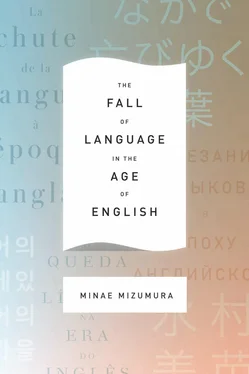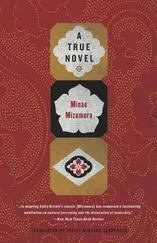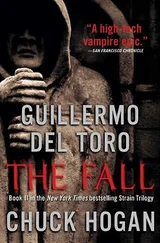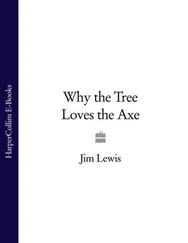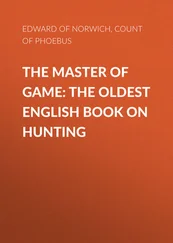Writing outside academia, someone like Sanshirō could write books that would enter the chain of “texts to read,” at least in Japanese. His language would not need to be cut off from Japanese literary tradition. He would be free to pose urgent questions for which academia had no room: What does the West mean for Japan? Does the Western construct of “Asia” really exist? What is modernity? Indeed, many men besides Sōseki left universities in order to pose these questions, and in the process some became writers, critics, and preeminent public intellectuals.
To be sure, fine Japanese scholars did exist back then, and not just in the natural sciences. Yet they were in the minority. Most Japanese scholars stuck to absorbing Western scholarship, translating it, and introducing it to Japanese readers. A barrage of new ideas arrived almost daily from across the ocean. They had to scramble just to keep up, without the luxury of clarifying how a new idea related to the one before. Those writing outside academia, meanwhile, tried to capture the reality of Japan, a country suddenly confronted by what is often referred to as the “shock of the West,” leaving behind the fine writing that still captivates readers today.
THE DISJUNCTION OR “SUDDEN TWIST”
The birth of modern Japanese literature did not come without a price: the “shock of the West” created a deep disjunction in the Japanese literary tradition. Today’s Japanese readers cannot browse literature from before 1887, the year Futabatei Shimei began writing Floating Clouds . A man only three years Sōseki’s senior, Futabatei was thoroughly schooled in Russian, loved its literature, and is considered Japan’s first modern novelist and translator of Western literature.
Floating Clouds , which appeared two decades after the Meiji Restoration, was the first work of fiction written in the new prose style of genbun itchi , which was closer to spoken language. Born out of translations of Western writings, the genbun itchi style emphasizes the referential function of language — how words refer to reality rather than to literary traditions — and thus places importance on representing facts, things, and human thoughts as they “actually” are. Hence the importance of realism. Inevitably, this new prose style entailed change in content as well. Floating Clouds has as its protagonist an ordinary clerk, albeit one of the samurai class; it also gives unheard-of prominence to the internal monologue as the feckless protagonist agonizes over his one-sided love. Though Floating Clouds still stirs readers, probably more people in the Meiji period read traditional gesaku works such as Agura nabe (Sitting around the beefpot, 1871), written only sixteen years earlier by Kanagaki Robun (1829–1894). Agura nabe , however, is linguistically and thematically a mere curiosity for present-day readers. Anything earlier, no matter how popular or culturally important it may have been, is even more inaccessible now. The disjunction in the Japanese literary tradition is all but unbridgeable.
As a result of this disjunction, the word “modern” ( kindai ) has taken on a peculiar usage in Japanese, one that separates the Western literary tradition from that of Japan (and probably other non-Western countries). In the Western literary tradition, “classical literature” usually designates literature written in Greek and Latin, while “modern literature” remains a vague notion, its meaning shifting depending on the context. Vernacular literature before the advent of print is often called “early modern,” but after that, literature is more often divided by century: the eighteenth-century novel, twentieth-century poetry, and so on. Since the establishment of the vernacular as “print language,” Western literature has followed more or less a smooth trajectory until the present. There is no clear break that marks the beginning of “modern literature.” English-speaking teenagers can pleasurably read Jane Austen’s Pride and Prejudice (1813) or even Samuel Richardson’s Clarissa (1748). French people today have no trouble reading a classic like The Dangerous Liaisons by Pierre Choderlos de Laclos, first published in 1782, or even The Princess of Cleves , going back to 1678, probably written by Madame de Lafayette. German youth can easily dip into Heinrich von Kleist’s Collected Short Stories (1810–1811) or Johann Wolfgang von Goethe’s The Sorrows of Young Werther (1774). This is not the case with Japanese literature. “Modern literature” in Japanese designates literature written after the “shock of the West”; the term implies the disjunction created in the Meiji period.
Nowhere is this disjunction more manifest than in the loss of ties with the Chinese literary tradition. To translate the Western languages that were new universal languages, Japanese writers retained the use of Chinese characters but distanced themselves from Chinese literature, which had long been the pillar of their literary tradition. Over time, the number of Chinese-literate Japanese dwindled to a few specialists, and thus Chinese writing in Japan eventually died. Japanese literature was severed from a major part of its past.
Again, no writer better exemplifies the path of literature in Japan’s modern era than Sōseki. As we have seen, he became the first to teach English literature in Japanese in a Japanese university. He then left the confines of the university to become a full-time writer, and by so doing he came to symbolize the inevitability of the language of literature surpassing the language of scholarship in conveying an understanding of the world in which the Japanese lived. But Sōseki as a writer symbolizes yet another path that modern Japan had to follow. Because of his lifelong love of the Chinese Classics and his outstanding knowledge of them, he perhaps more than anyone else experienced the disjunction brought on by the “shock of the West” as a personal loss.
In the well-known preface to Theory of Literature , Sōseki ruminates on his different emotional connections to Classical Chinese and English literature. Fond of studying the Chinese Classics from a tender age, he eventually yielded to the tenor of the times and devoted himself to studying English literature. But he did so on the assumption that English literature would be similarly rewarding, only to feel “cheated.” He writes, “[W]hen I graduated, I was bothered by a notion that lingered at the back of my mind — that somehow I had been cheated by English literature.” 4How was it possible for his “sense of like and dislike between the two to be so widely divergent despite [his] having roughly equal scholarly abilities” 5in Classical Chinese and English? Why was he so attached to Classical Chinese and so disenchanted with English literature?
In Grass Pillow ( Kusamakura , 1906), which he wrote in roughly the same period, Sōseki compares the poems of Percy Bysshe Shelley with those of the Chinese poetic geniuses Tao Yuanming (365–427) and Wang Wei (655–759), coming to this damning conclusion: “Western poetry… however poetic it waxes, scurries over the ground, never forgetting to count its small change.” In contrast, he writes, quite predictably, that Eastern poetry is “emancipated from the worldly.” Sōseki repeatedly professes his aversion to English literature — and the English language — around the same time, perhaps because that literature symbolized certain personal disappointments: the unpleasantness of his stay in London, the proprietary airs of foreigners in Japan, his need to teach English to make a living. In a letter he wrote after quitting the university, he declares, “If I cannot make a living, I will become anything, even a dog. Teaching English is about the same as barking like a dog, so I’ll do it if I have to. It was through a misfortune that I began to study English.” 6
Читать дальше
